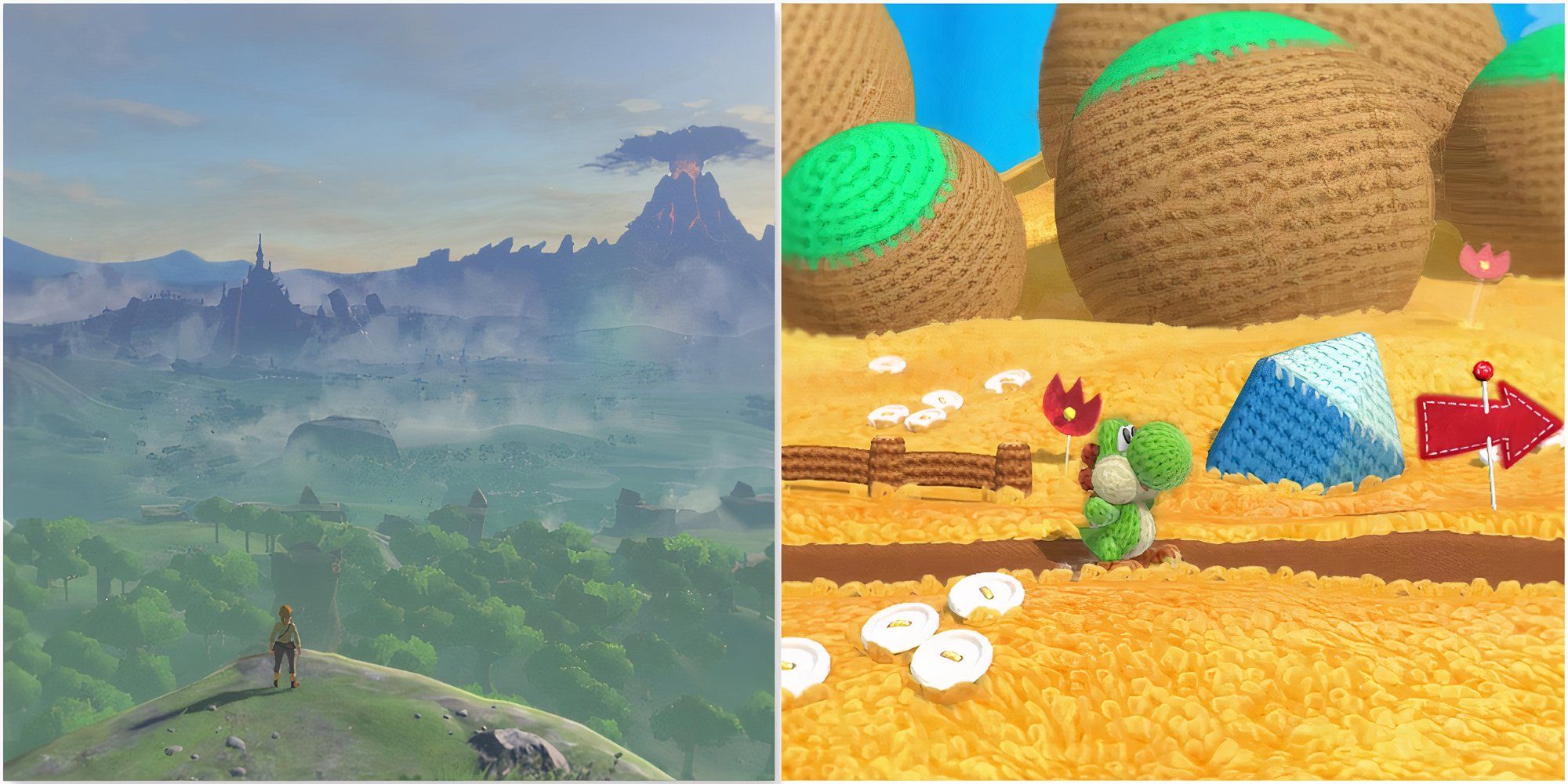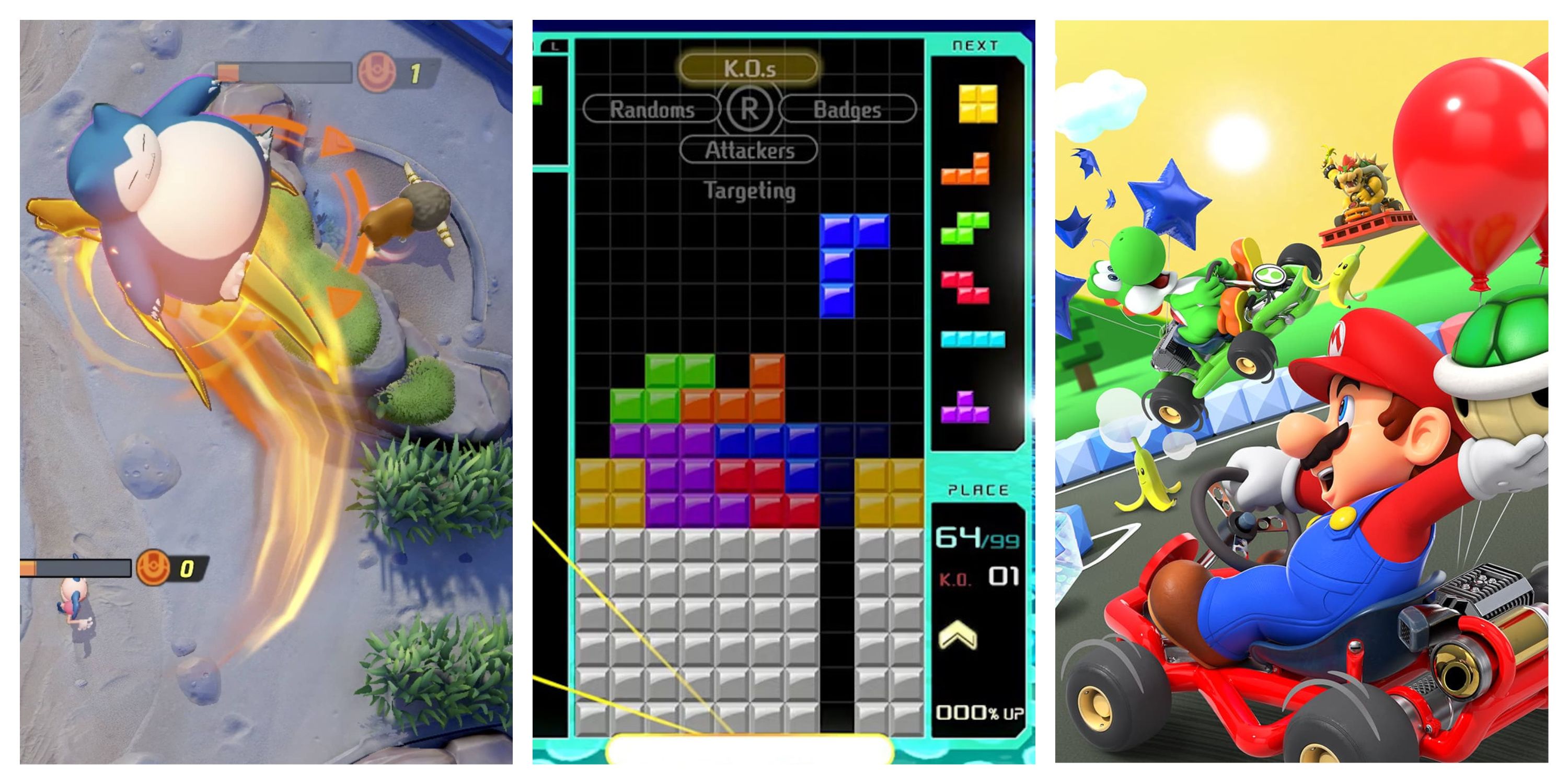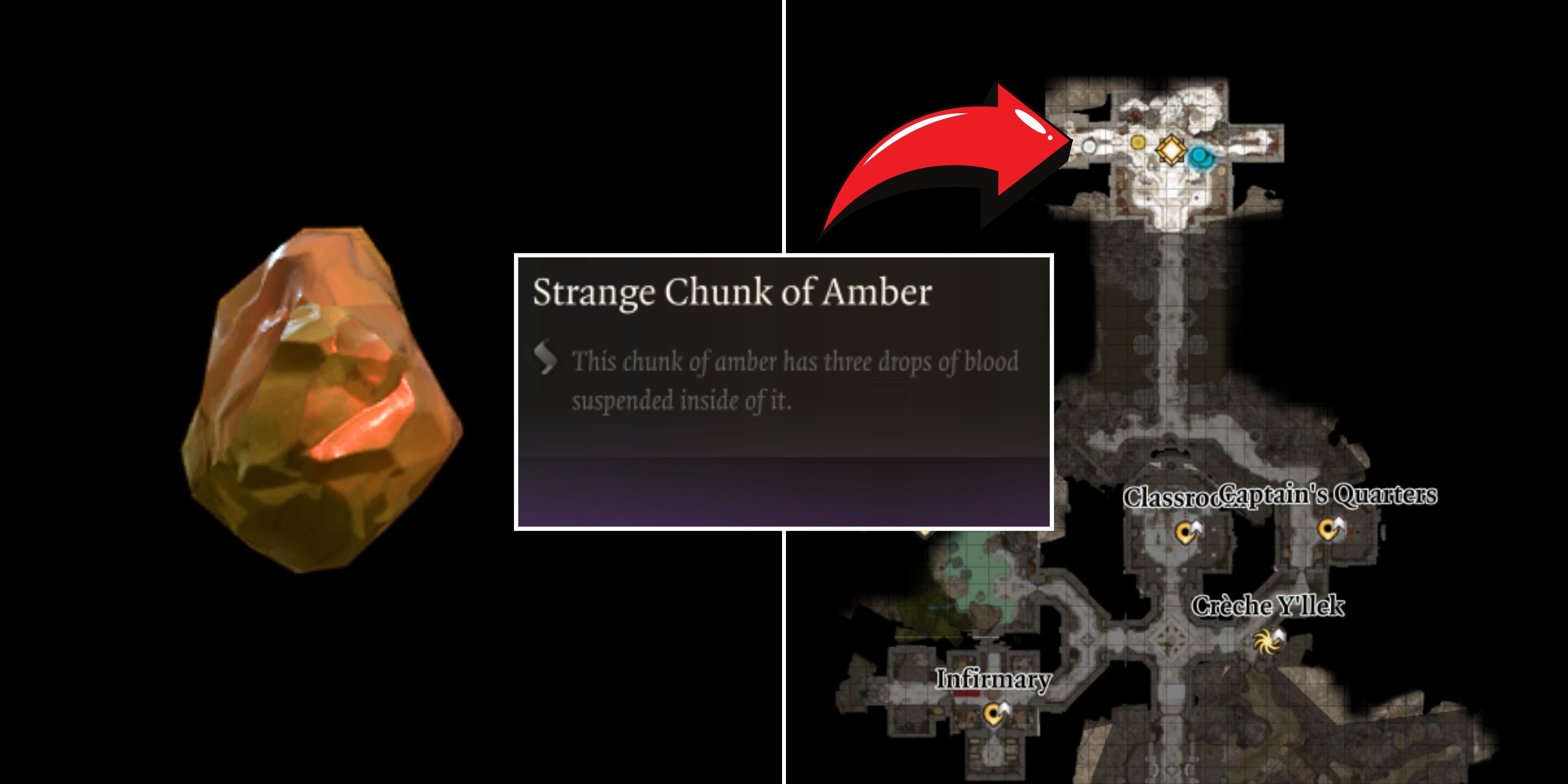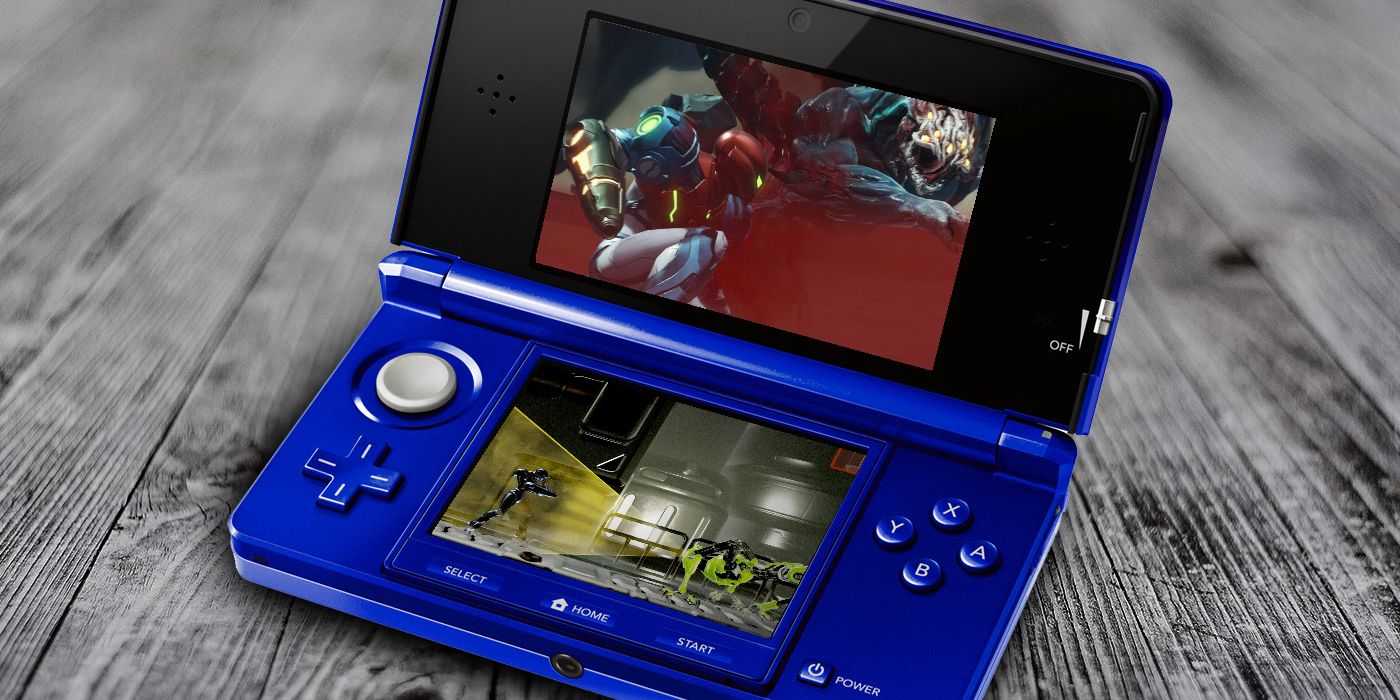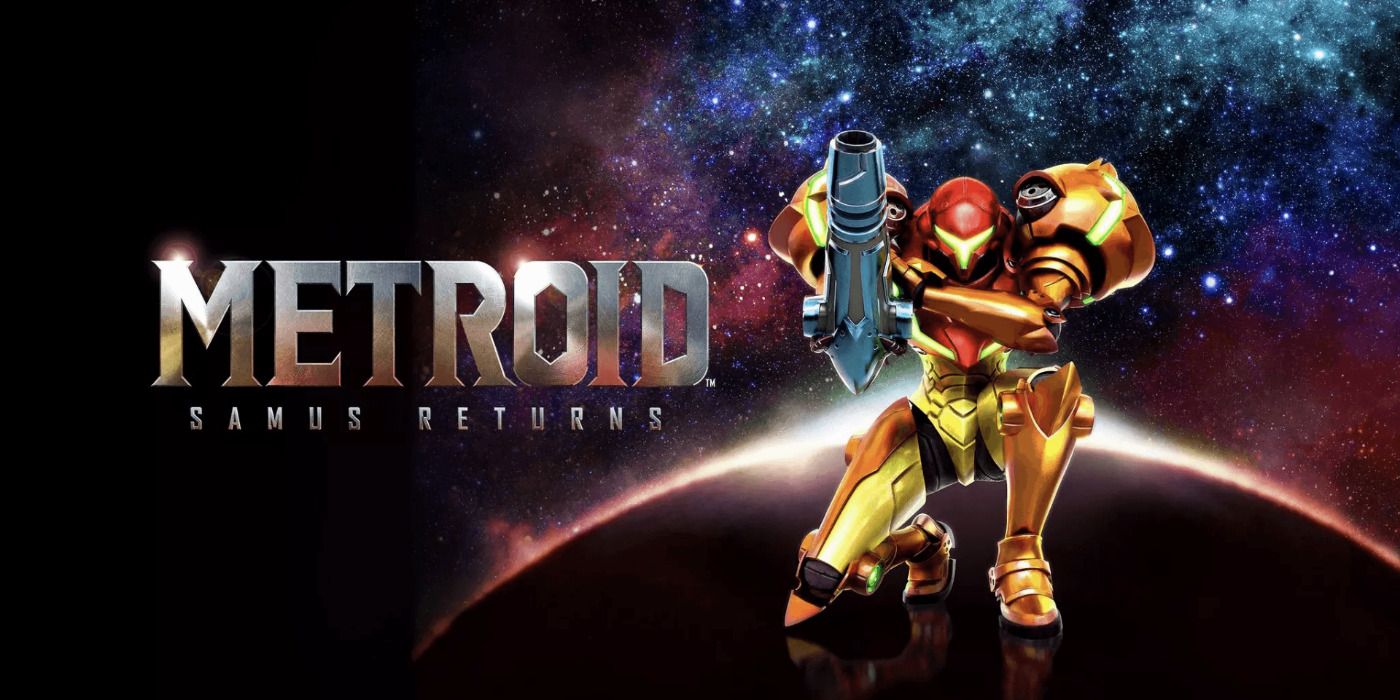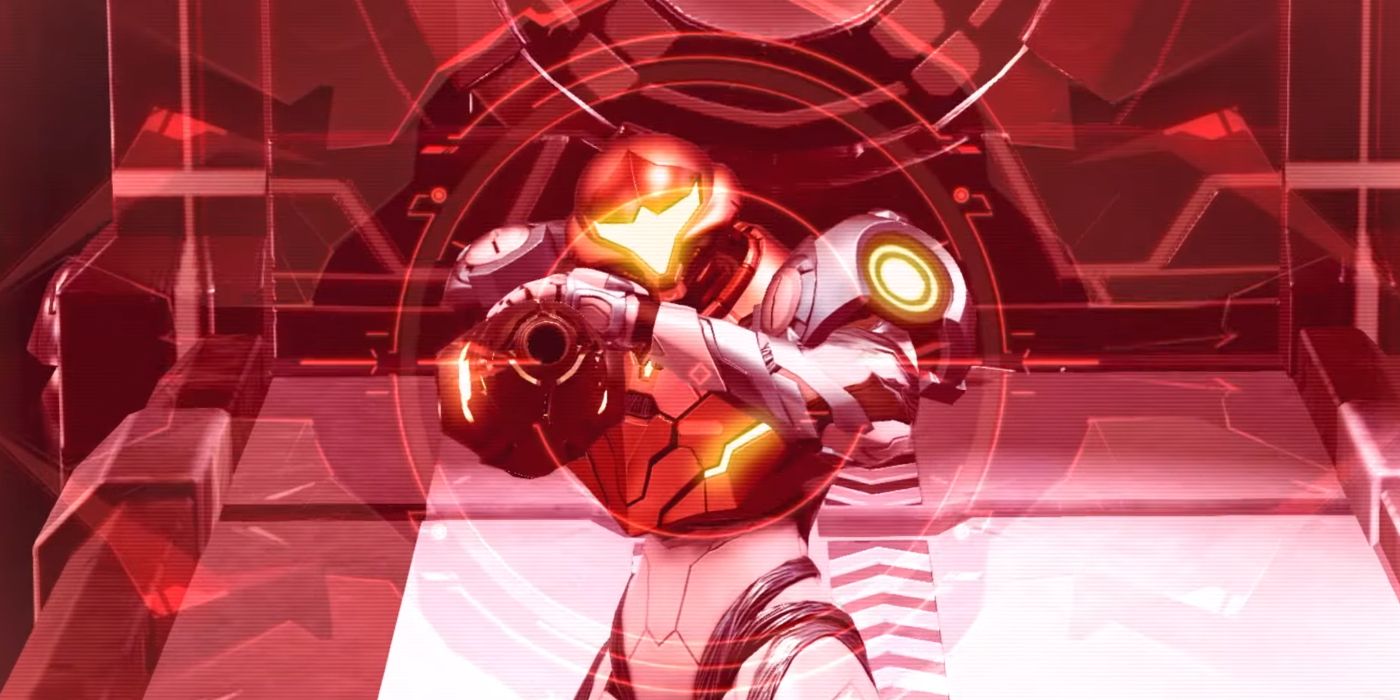After 15 years in limbo, the long-awaited Metroid Dread will finally be hitting store shelves this year. So far, it looks to offer some classic 2D Metroid gameplay with a bit of a horror twist. However, as good as the game looks and as refreshing as it is to see the series back in the spotlight, there is one notable downside to Metroid Dread's upcoming release.
Metroid: Samus Returns on the 3DS showcased why Metroid and Nintendo's dual-screened family of handhelds were a match made in heaven. The DS' display enabled Metroid to cut down on perhaps its most intrusive element, in-turn allowing for a smoother, more seamless gameplay experience. So far, Metroid Dread looks like a great reintroduction to the beloved franchise, but it’s a shame that it will only be limited to one screen.
Metroid On 3DS: The Innovative Map
Maps are critical to games like Metroid. While perusing through numerous branching hallways residing within dangerous labyrinths, maps help to make exploring a lot more manageable by denoting points of interest, where players have been, and where players have yet to go.
Regardless of quality, Metroid games' maps have always suffered from one problem: They disrupt gameplay. To view an area’s map, one must pause the game, halting their progress, so they can study the layout before moving to their destination. Many entries generally feature a grid-based mini-map in one corner of the screen showing the rooms around Samus, but this is hardly useful when it comes to trying to find one’s way around large stretches of land.
But Metroid: Samus Returns circumvented this issue by taking advantage of the 3DS’ dual screens; while players controlled Samus on the top screen, the bottom screen presented a large, detailed in-game map that was updated in real-time as players discovered new areas and landmarks. Unlike before, players could simply shift their eyes for a few seconds to gain an understanding of their surroundings without the need to put the extraterrestrial escapades on hold. Suffice to say, the 3DS enhanced Metroid’s classic gameplay in a way no game had before thanks to its unique hardware.
Metroid Dread’s Map: A Step Backward
Samus Returns made a compelling case for why the DS family of handhelds might be perfect for Metroid, so it’s unfortunate the latest title won’t be able to land on one. Going off Metroid Dread’s Nintendo Treehouse demo, the game’s map looks solid, easy to decipher, and fairly clutter-free, but the Switch’s single-screen display assures that accessing the map will be just as intrusive and momentum-halting as it was in previous games.
It particularly stings when considering how well a dual-screen display would mesh with what the newest entry is bringing to the table. Metroid Dread introduces near-unkillable E.M.M.I bots that will aggressively pursue Samus through certain areas, adding a hint of horror to the series.
Perhaps the most critical piece of knowledge to have when trying to escape a threat, or staying undetected in the first place, is knowing where to go. If Dread was on a dual-screened system like the 3DS, this determination could be made on the fly as players reference the map during an escape without the need to pause. Allowing players to multitask rather than forcing them to choose between playing or viewing the map would undoubtedly enhance the thrill of being hunted that Metroid Dread seeks to deliver. Unfortunately, it doesn’t look like that will be an option once the game hits store shelves.
The lack of a dual-screen display is not a deal breaker by any means, as the game still shows tremendous promise; it’s just an unfortunate circumstance. Samus Returns showcased just how big of a game-changer having a visible map can be for this franchise, and it’s disheartening to know that the latest Metroid title won’t be capable of such an excellent quality-of-life improvement.
Metroid Dread will release on October 8, 2021 for the Nintendo Switch.

